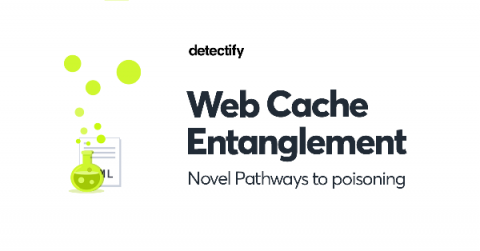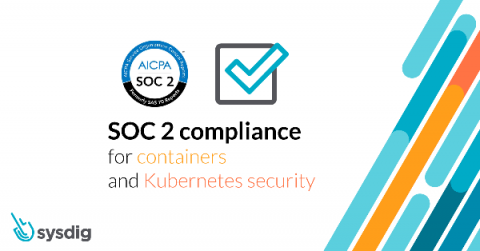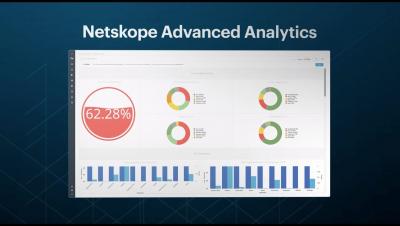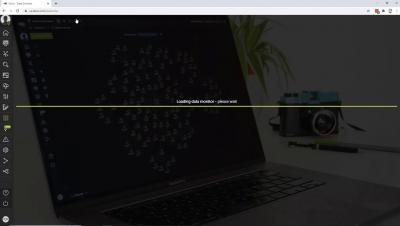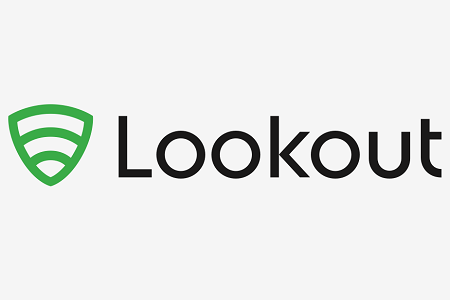Web Cache Entanglement - Novel Pathways to Poisoning
Each year we anticipate new research from James Kettle at the annual Black Hat USA event and he’s become known for his web cache research. This year he announced Web Cache Entanglement – new techniques to exploit web cache poisoning. We’ve previously covered his work concerning web cache poisoning and HTTP request smuggling which is intriguing for any software engineer to know about. This article will briefly highlight the main points about Web Cache Entanglement.


